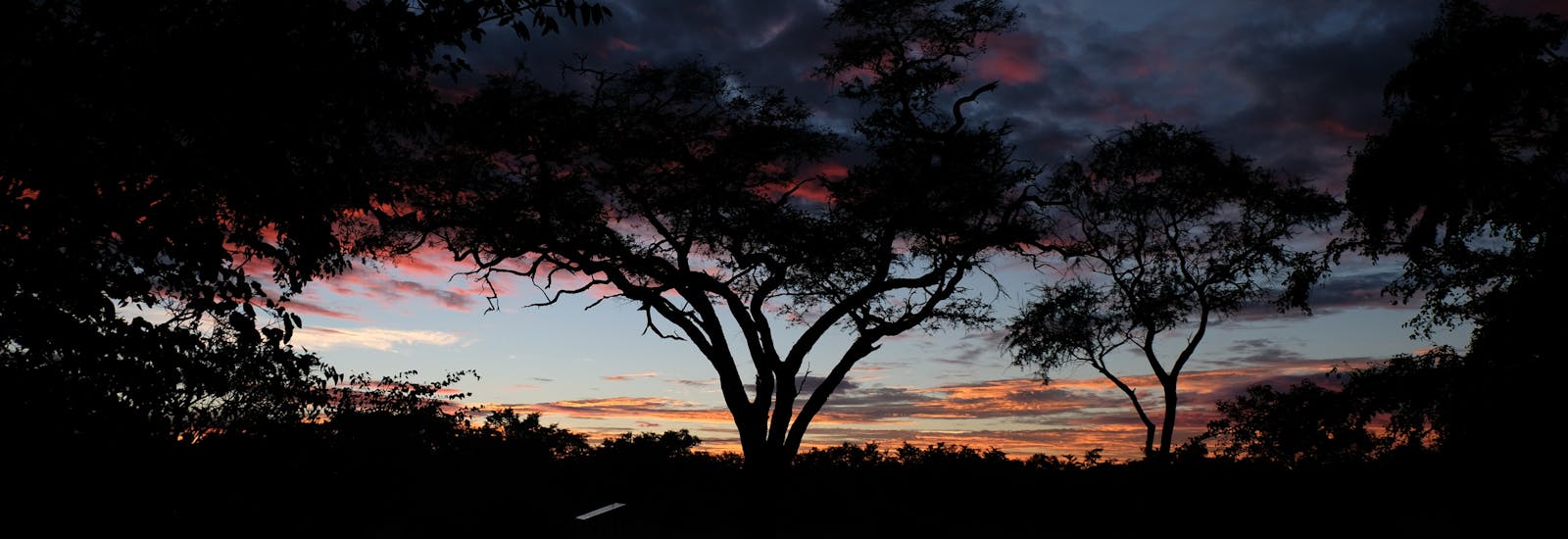
White Chacma Baboon!
Snowball – The White Baboon of Tuli
It was an early start on the 1st May 2007 for the students on the Tuli Conservation Project. Up at 4am to monitor the area in the remaining hours of darkness, before the sun rose and the nocturnal creatures were hidden away again for another day. The light came, and with it the warmth, and everyone on the open vehicle was pleased to feel that Botswanan sun once again after a chilly morning.
Driving through The Rockies, a cluster of koppies in the northern section of the core study area, we spotted one of the four baboon troops that are continually monitored. There were about twenty individuals dotted around the koppie and we stopped to record their behaviour and watch as they too enjoyed the first rays of sunlight.
It was only then that Stuart said, “Guys, look at that white one!”, before explaining to everyone his location, right beside a mature female of normal brownish-grey colouring. We watched this young baboon in amazement; his body totally white, with dark extremities. He sat on the rocks, climbed up and down and played with the other youngsters just as any other baboon would. But he wasn’t any other baboon- he was white!
Snowball, as he was appropriately named, appeared amongst his troop many more times through out the following months. After extensive research no record was found of this variation of albinism in Chacma Baboons. Leucism, which is not true albinism because of the pigment present in various parts of his body and the absence of red eyes, has been documented in other mammal species such as the famous white lions of the Timbavati, but apparently never before in Chacma Baboons.
Besides the incredible discovery of perhaps a first in Chacma Baboon research, Snowball’s unmistakable appearance will aid the project’s ongoing baboon study in observing the growth rates of baboons in the area. He was an estimated three months old when we first sighted him on that morning and since then we have been able to watch him grow into a young male, now of around one year of age. Comparing his size at various intervals to others in his troop and outside of it, we are now in the position to estimate the age of other young males to a much greater degree of accuracy. Through this we can learn a great deal about the behaviour and movements of baboons in Tuli at various stages of their lives.
Snowball is certainly a delight to watch on every sighting, and that little white baboon continues to add yet another dimension to the ongoing research undergone by the students on the Tuli Conservation Project.
Charlie Ellis

